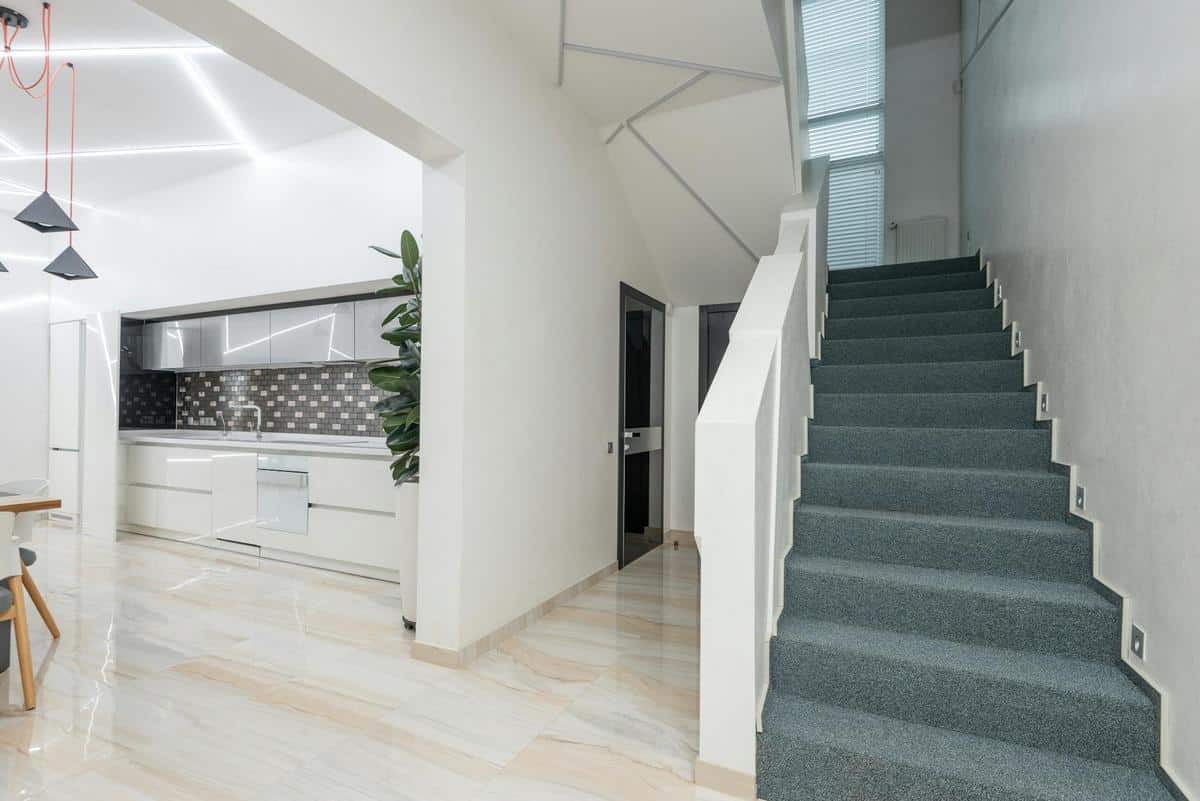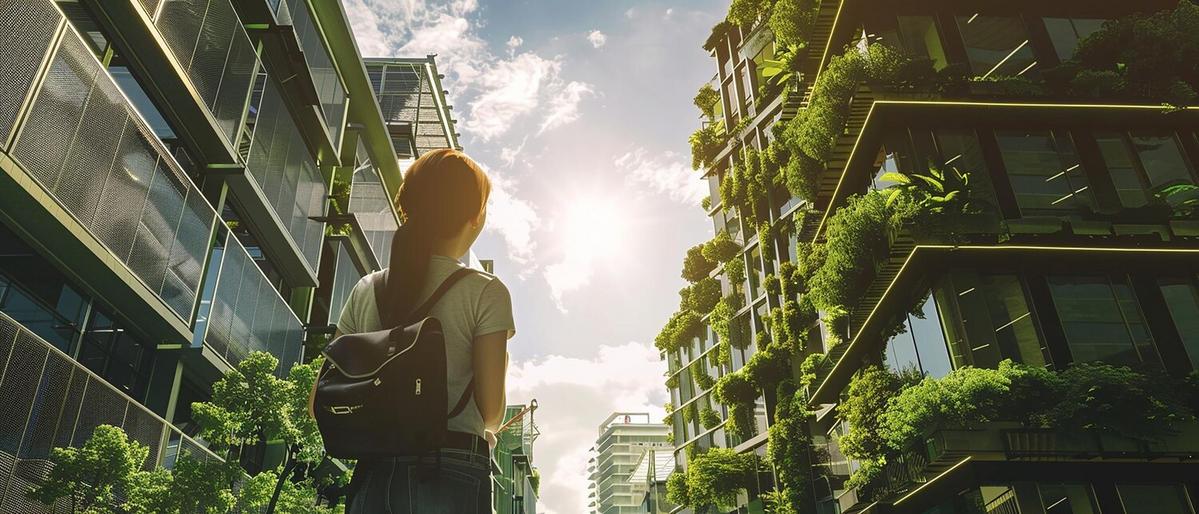
The Role of Architecture in Defining Luxury Spaces
Luxury spaces are defined not just by opulence, but by the architectural nuances that elevate them into realms of elegance and comfort. A well-crafted structure can transform a simple dwelling into a sanctuary of luxury, where every detail speaks of sophistication and thoughtful design.
Architecture plays a pivotal role in the creation of luxury spaces, influencing not just aesthetics but also functionality and sustainability. The essence of luxury is often encapsulated in the seamless integration of these elements, crafting environments that are both beautiful and livable.
The Impact of Design on Luxury
Expert architects, like Frank Gehry, emphasize the importance of innovation in design. Gehry once noted that ‘Architecture should speak of its time and place, but yearn for timelessness,’ highlighting the need for a balance between contemporary trends and enduring appeal.
According to a study by the American Institute of Architects, over 75% of luxury homeowners prioritize unique architectural features, such as expansive windows and open-concept spaces, which enhance natural light and offer panoramic views.
Personal Touches in Architecture
Consider the example of a renowned architect who transformed a historic warehouse into a modern loft. By preserving original brickwork and integrating eco-friendly materials, the space retained its character while offering modern comforts.
Key Elements of Luxury Architecture
| Element | Description |
|---|---|
| Materials | High-quality, sustainable materials such as marble and hardwoods. |
| Lighting | Customizable lighting that highlights architectural features. |
| Space | Open layouts that enhance flow and flexibility. |
| Technology | Smart home systems for convenience and efficiency. |
| Privacy | Designs that offer seclusion and tranquility. |
| Views | Integration of landscapes to blur indoor-outdoor boundaries. |
| Details | Meticulous attention to craftsmanship and finishes. |
| Sustainability | Eco-conscious designs that reduce environmental impact. |
Bringing It All Together
When designing a luxury space, it’s essential to consider not only the current trends but also what will stand the test of time. Collaborating with architects who understand the nuances of luxury design can ensure that your space is not only stunning but also functional and sustainable.
Frequently Asked Questions
How does architecture influence luxury real estate?
Architecture sets the foundation for luxury by blending aesthetics with functionality, creating spaces that are both beautiful and practical.
What are essential elements in luxury architecture?
Key elements include high-quality materials, innovative designs, open spaces, and sustainable practices.
Can sustainable materials be luxurious?
Absolutely! Sustainable materials can offer both beauty and durability, enhancing the luxury of a space while being eco-friendly.
In conclusion, architecture is more than just the bones of a building; it defines the essence of luxury spaces. By integrating thoughtful design, innovative materials, and sustainable practices, architects can create environments that are both timeless and luxurious. For those looking to elevate their living spaces, investing in quality architecture is a wise choice that will pay dividends in both comfort and value.


